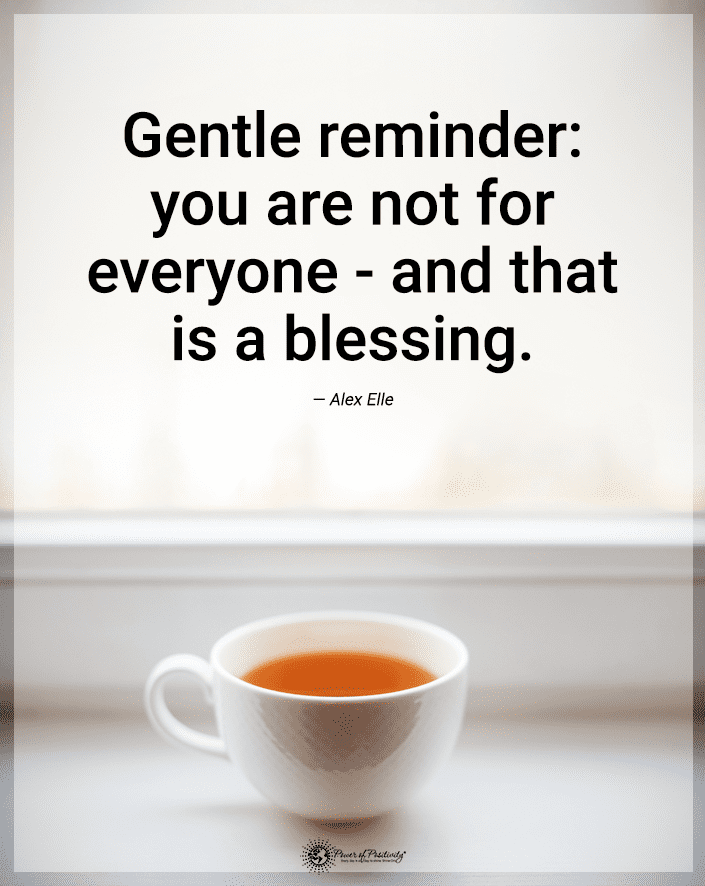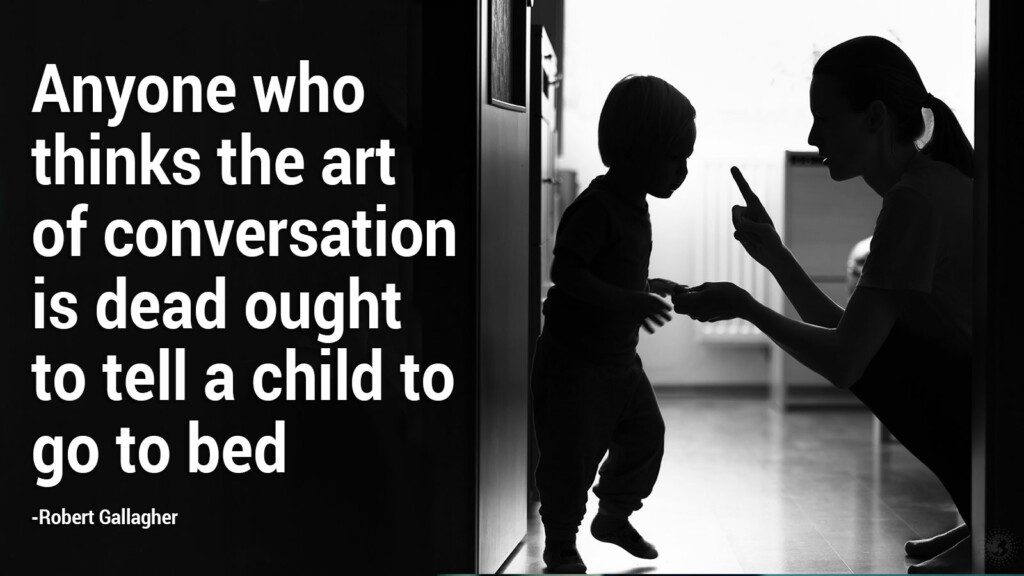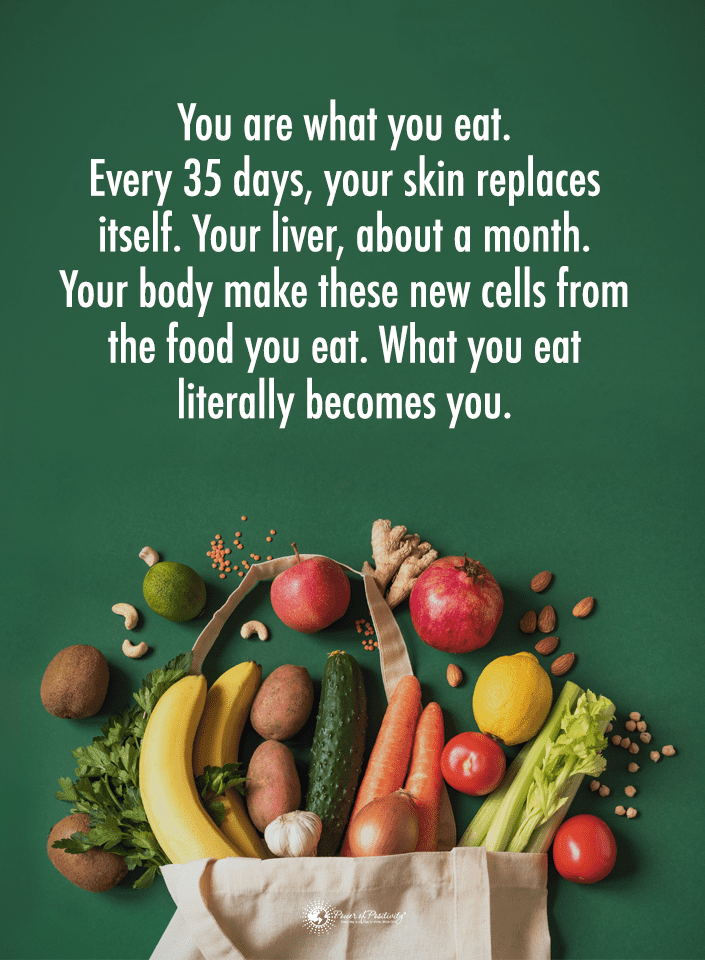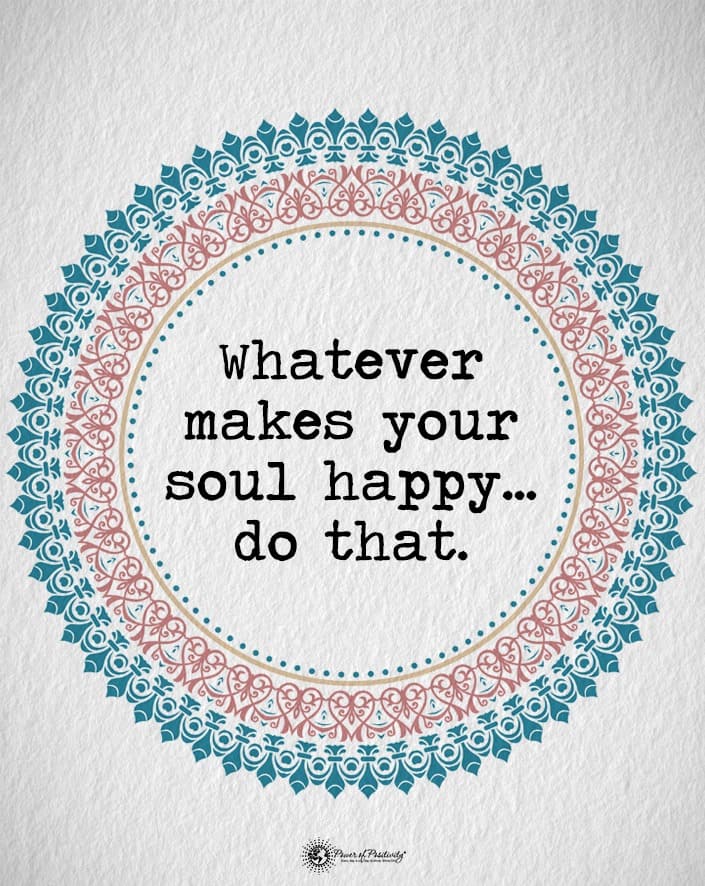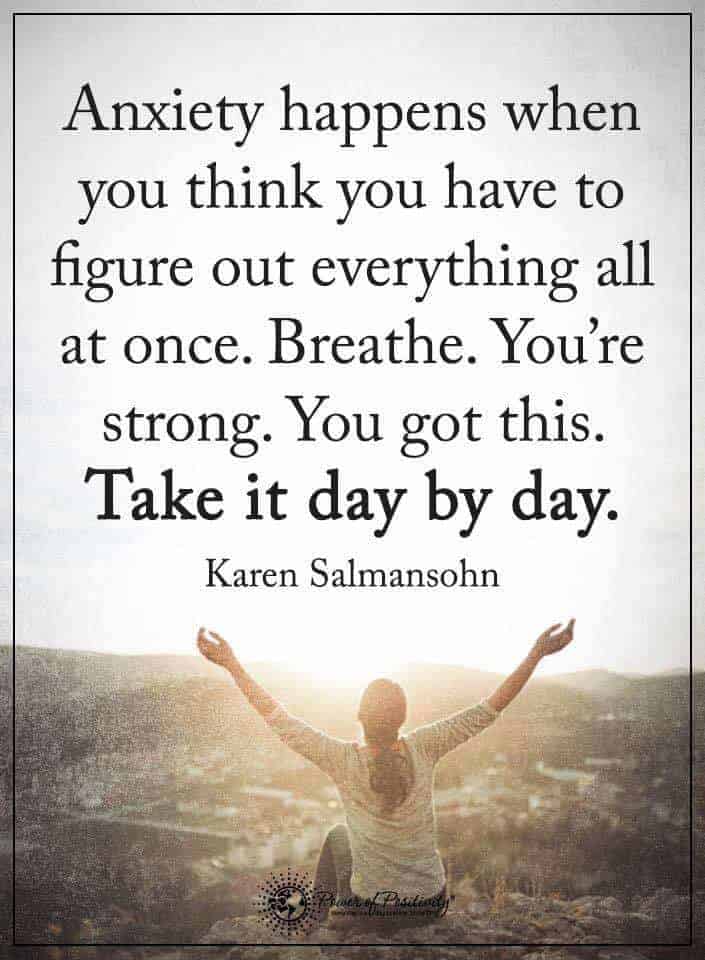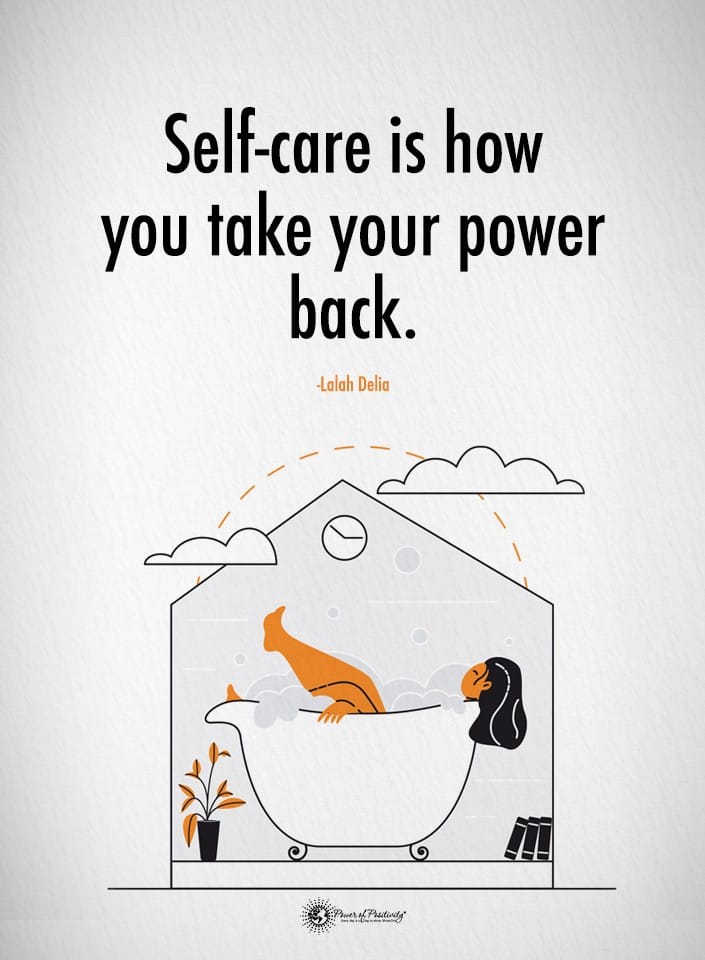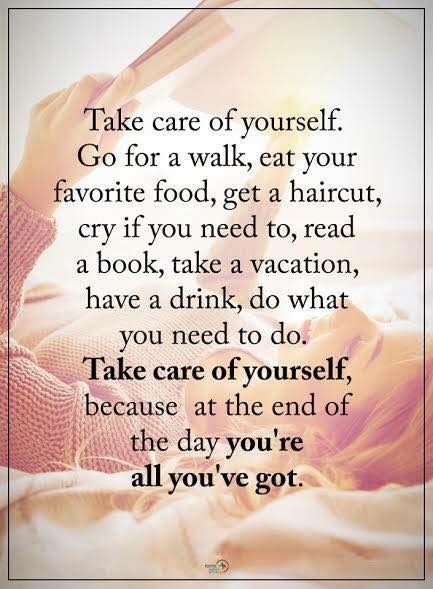An ionic foot detox or bath is popular worldwide at wellness centers and spas. This holistic detoxification practice involves putting your feet in a small tub of water filled with salt and charged with a low-voltage electrical current. Supposedly, by charging the atoms in the water, the machine attracts negative ions in your body and pulls them out through your feet. Proponents of the therapy claim it works like a magnet, drawing toxins to your skin’s surface using the power of electricity.
While it may seem convincing, scientific studies have yet to prove its effectiveness. However, some people have provided anecdotal evidence to suggest that an ionic foot detox can improve well-being. But it’s likely just the placebo effect making them think the foot soak works. Despite mixed reviews, even if it doesn’t trigger the body’s natural detoxification processes, a foot bath with Epsom salt can help you relax after a long day.
Below, we will explore the arguments for and against foot detox therapy to help you understand its potential benefits and limitations.
Understanding Ionic Foot Detox:
Some people believe an ionic foot detox can rid the body of impurities due to ionization. The ionizing machine infuses the water with a positive charge, helping to attract and neutralize the negatively charged ions that accumulate in your body. Supposedly, the electrically charged water binds to heavy metals and toxins in the body, eliminating them through the feet.
People who try the popular foot bath claim it works because the water often becomes brown and murky. However, scientists say this doesn’t happen because of detoxification but due to a chemical reaction between the water, salt, and electrical charge.
Arguments For Ionic Foot Detox:
Even though science doesn’t support the claims that an ionic foot detox can destroy toxins, many people have had positive experiences. For example, some who have tried the therapy reported feeling refreshed and revitalized after an ionized foot bath. You can find countless positive testimonials online with people stating various benefits and advantages of using ionizing machines.
Some anecdotal evidence suggests that an ionic foot detox can promote enhanced concentration, increased energy, and improved immunity. Other common subjective experiences include decreased stress, a better mood, reduced inflammation, and deeper sleep. However, these benefits have yet to be backed by science.
Even still, there’s no harm in soaking your feet after a stressful work or school day, as the warm water and your favorite essential oils can quickly relieve tension. Also, if you have dry skin or heels, studies show that magnesium-rich salt water can reduce inflammation and improve hydration levels. Finally, a foot soak can help reduce aches and pains, especially if you stand for long hours at work.
Claims of Toxin Removal:
One of the main selling points of an ionic foot detox is its purported ability to trigger toxin elimination through the feet. Employees at spas and holistic centers often discuss detoxification benefits with clients seeking improved well-being. In the modern world, detox programs and therapies have become valuable because of the inundation of environmental pollutants and chemicals.
For example, a study by the Center for Research Strategies found lower levels of aluminum and arsenic in people who used the popular IonCleanse foot detox system for 12 weeks. However, the research showed no differences in lead, cadmium, or mercury levels. It’s important to note that the researchers have ties to the manufacturer. Therefore, the study might be unreliable. Despite this, other websites selling ionic foot detox therapy cite similar benefits.
Relaxation and Stress Relief:
In addition to the supposed detoxification benefits of an ionic foot bath, proponents of the therapy say it promotes an intense relaxation response. It’s similar to how you feel after taking a hot shower or soaking in a warm bath for a while. One study of 38 healthy Japanese adults found that bathing or showering in hot water helped reduce stress levels, promote mental and emotional well-being, and improve sleep quality. Similarly, an ionic foot detox reduces stress by soothing the nervous system and calming the mind.
You don’t necessarily need an ionized machine to reap the benefits, either. One study discovered that women who soaked their feet in warm water with lavender oil for ten minutes had lower stress levels.
Arguments Against Ionic Foot Detox:
Many people have benefited from an ionic foot detox, but the lack of peer-reviewed studies supporting its effectiveness has led to skepticism in the medical community. Scientists have attributed the positive effects users experience to the placebo effect or misinterpretation of water’s color changes during treatment. As mentioned above, people who use an ionized machine often believe it releases toxins from their feet because the water becomes darker. However, researchers have discovered this happens due to a chemical reaction between the ionized water and salt.
The only peer-reviewed study on the effectiveness of ionic foot detoxes found no significant changes in participants’ toxin levels after four weeks. They assessed the IonCleanse device by measuring concentrations of 28 elements in participants’ hair and urine. Taking samples before and after the therapy, they discovered no evidence suggesting ionic foot baths promote toxin release.
Insufficient Scientific Research on This Detoxification Method:
Because no clinical studies exist to support the benefits of ionic foot baths, it’s impossible to determine whether they improve health. More rigorous scientific investigation is necessary to provide more insight into the claimed positive effects of foot detoxes. While one study found that ionized machines don’t eliminate toxins through the feet, it only included six participants. On the other hand, the research claiming ionic foot soaks reduce blood levels of aluminum and arsenic involved 31 participants. However, it was funded by the IonCleanse manufacturer, making the research biased and potentially inaccurate. Therefore, the inconclusive findings on this specific therapy highlight the need for controlled studies in the future.
Final Thoughts on the Effectiveness of Ionic Foot Detox
Because of increased toxin exposure from environmental pollutants, many people have become interested in detoxification therapies. For instance, the ionic foot detox claims to eliminate toxins through the feet using positively charged salt water. Some people have reported benefits such as increased energy, improved mood, and reduced stress levels. However, the medical community points to the lack of scientific evidence of foot detox benefits as proof that it doesn’t work. If you’re interested in trying an ionic foot bath, remember to approach the therapy with a critical mindset and consult healthcare professionals for advice.


